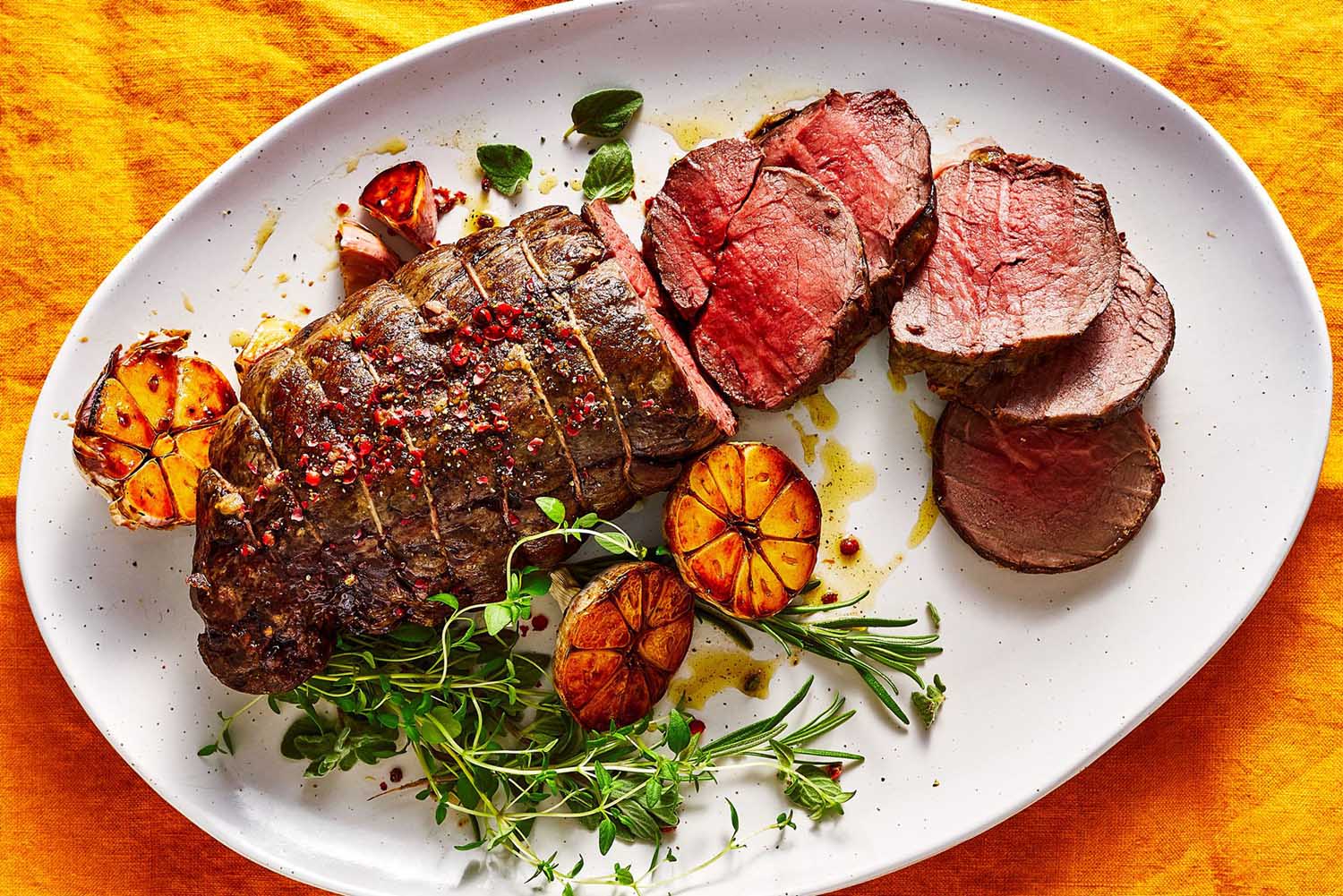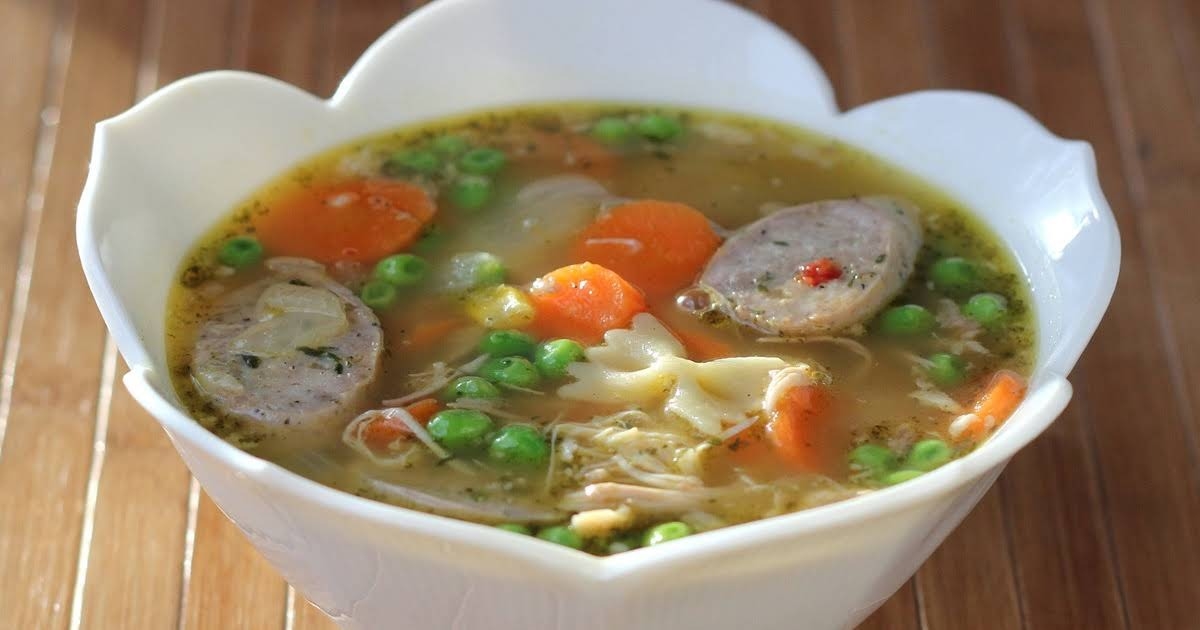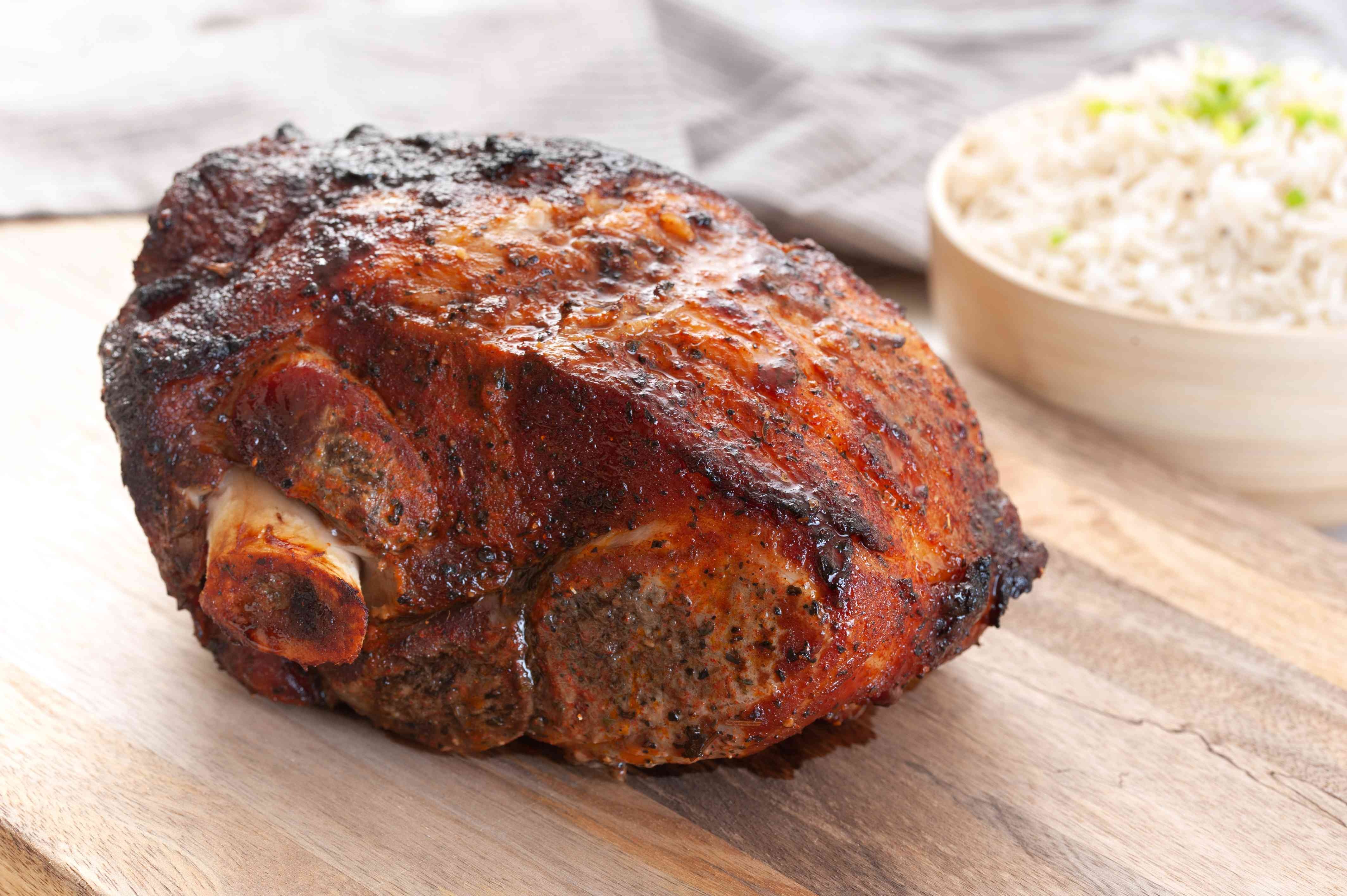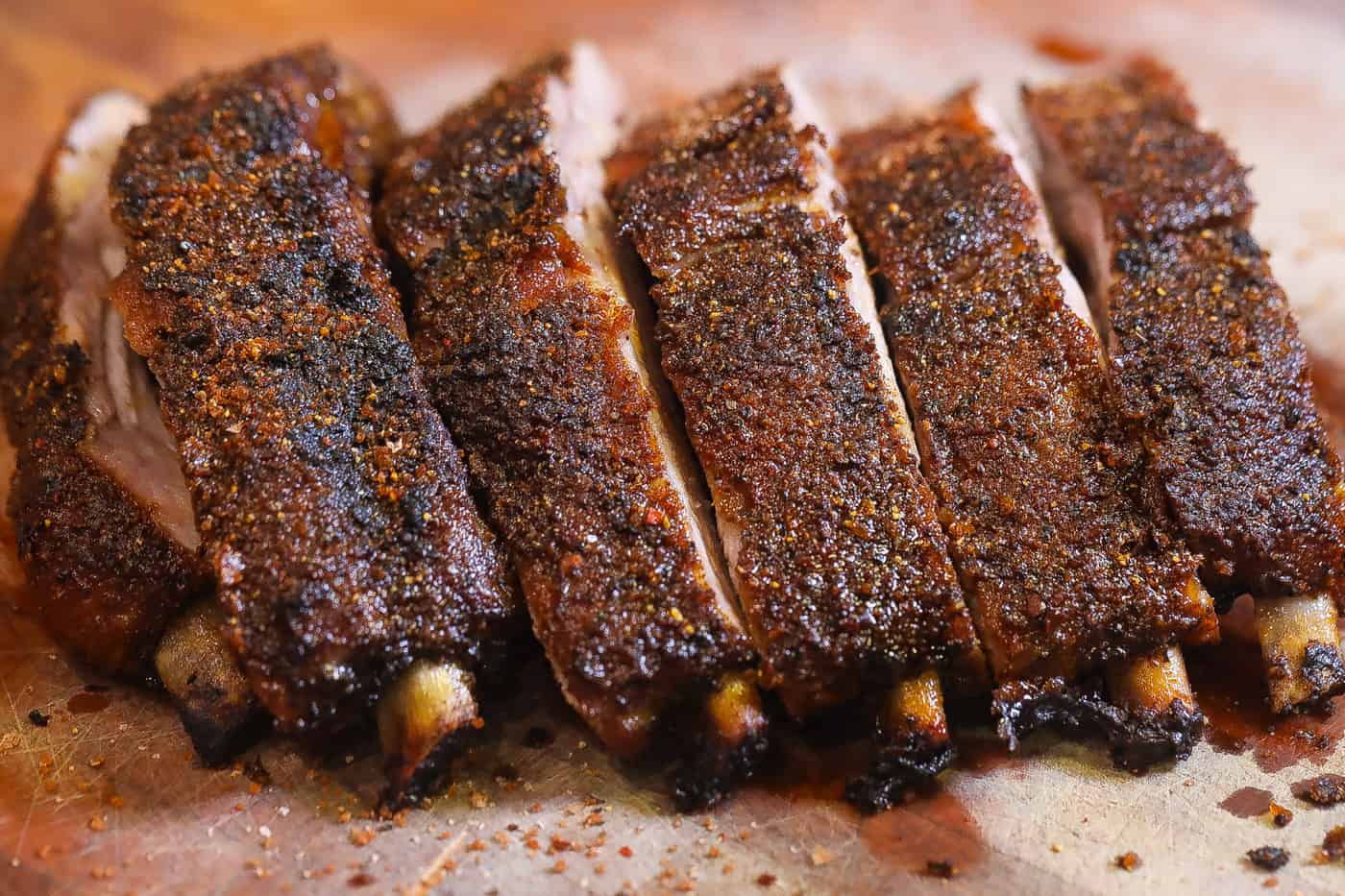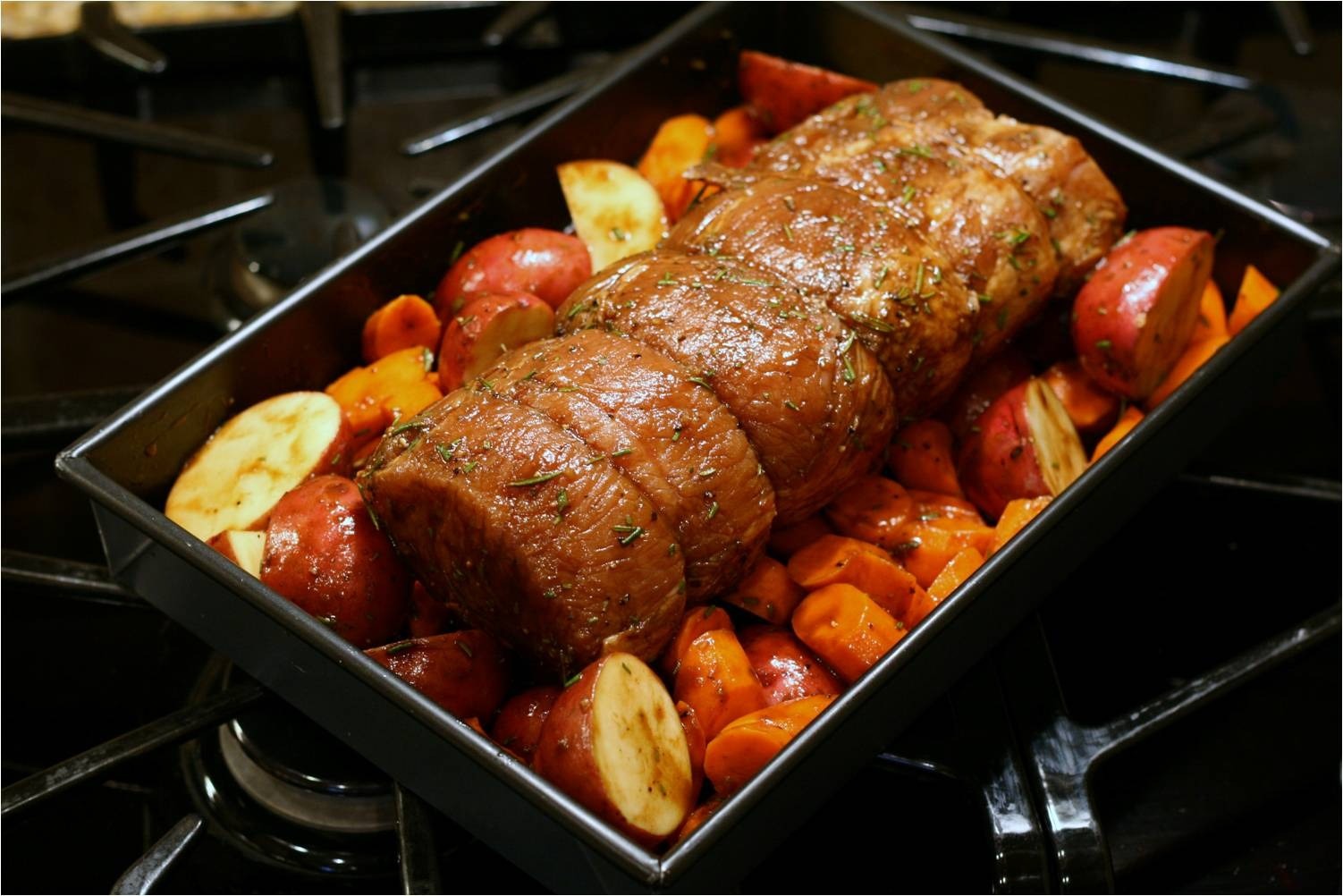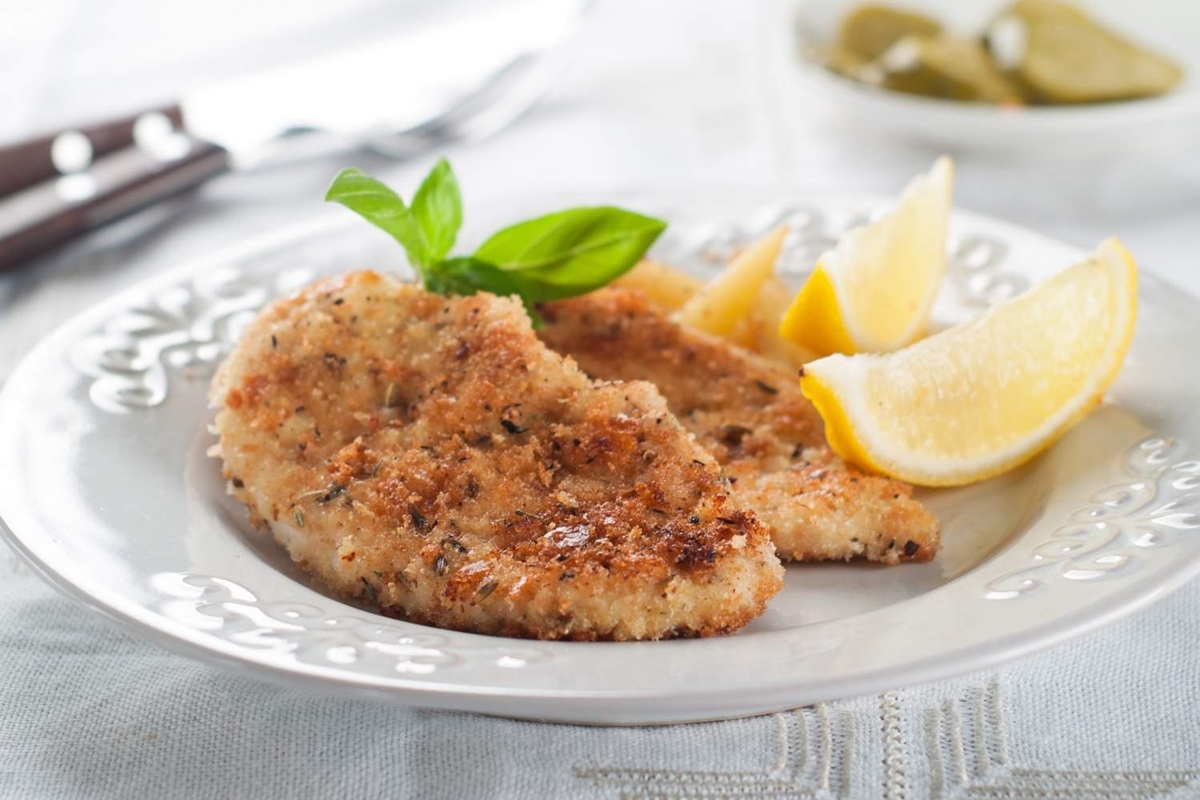How To Cook Chicken For Ramen
If you’re a fan of ramen, you know that a delicious bowl of this Japanese noodle soup is incomplete without tender and flavorful chicken. Whether you’re a seasoned chef or a beginner in the kitchen, cooking chicken for ramen is easier than you might think. In this article, we will guide you through the process of cooking chicken that is perfect for your ramen masterpiece.
Choose the Right Chicken
When it comes to cooking chicken for ramen, selecting the right type of chicken is crucial. Opt for boneless, skinless chicken thighs as they are incredibly versatile, tender, and well-suited for slow-cooking. Additionally, thighs have more fat content compared to chicken breasts, which adds flavor to your ramen broth. Make sure to remove any excess fat or skin before cooking to keep it healthier.
Marinate for Maximum Flavor
To elevate the taste of your chicken, marinating is key. Whip up a simple marinade using ingredients such as soy sauce, ginger, garlic, sesame oil, and a hint of honey or brown sugar. Marinading the chicken for at least 30 minutes (or overnight if time permits) allows the flavors to seep into the meat, resulting in a more succulent and flavorful chicken for your ramen.
Cooking Methods
There are several cooking methods you can use to prepare chicken for ramen:
- Pan-Frying: Heat a skillet over medium-high heat and cook the chicken thighs for about 5-6 minutes per side or until they reach an internal temperature of 165°F (75°C). This method creates a crispy exterior while keeping the meat juicy and tender.
- Oven-Baking: Preheat the oven to 425°F (220°C). Place the marinated chicken thighs on a baking sheet and cook for 20-25 minutes, or until they are fully cooked and have a nice golden color. This method requires less active time compared to pan-frying.
- Grilling: If weather permits or if you have access to a grill, grilling the chicken will add a smoky and charred flavor to your ramen. Preheat the grill to medium-high heat and cook the chicken for about 4-5 minutes per side until cooked through.
Let it Rest
Once your chicken is cooked, resist the temptation to dive right in. Allow it to rest for a few minutes before slicing or shredding. Resting the chicken helps the juices redistribute throughout the meat, ensuring a moist and tender result in every bite.
Serve and Enjoy
Now that your chicken is perfectly cooked, it’s time to assemble your ramen bowl! Prepare your ramen noodles according to the package instructions and add your desired toppings like soft-boiled eggs, green onions, nori seaweed, and sprouts. Finally, place your succulent chicken on top, pour in the piping-hot ramen broth, and get ready to indulge in a bowl of umami-filled goodness.
Remember, cooking chicken for ramen is not only about following a recipe; it’s about infusing your own creativity and personal touch. Experiment with different marinades, spice blends, or even trying different cuts of chicken. So, unleash your inner chef and enjoy the process of creating the perfect chicken for your next ramen adventure!
For those eager to master cooking chicken for ramen, there are several must-try recipes that will help hone your skills and delight your taste buds. Start with the Classic Chicken Ramen Recipe to nail the basics; it’s a solid foundation for any ramen enthusiast. If you’re craving some heat, the Spicy Chicken Ramen Recipe adds a fiery kick that’s sure to please. For a sweet and savory twist, the Teriyaki Chicken Ramen Recipe is a delightful option that marries well with the rich broth. The Sesame Chicken Ramen Recipe offers a nutty and aromatic experience that’s hard to resist. If you’re in the mood for something zesty, the Lemongrass Chicken Ramen Recipe provides a refreshing citrusy note that brightens up the dish. Lastly, the Coconut Chicken Ramen Recipe brings a creamy, tropical flair that’s both comforting and exotic. Each of these recipes utilizes the guide’s techniques to ensure your chicken is cooked to perfection, making them excellent choices to expand your ramen repertoire.
Was this page helpful?
Read Next: How To Cook Pork Chops So They Are Tender

